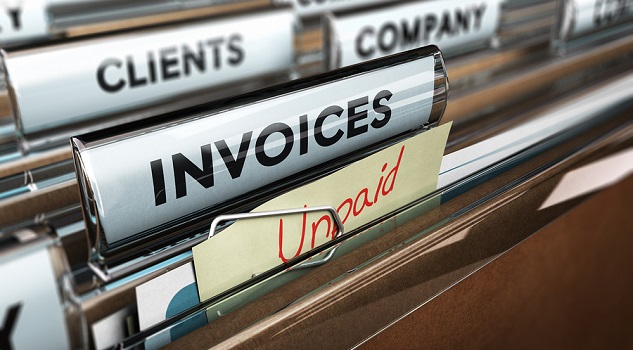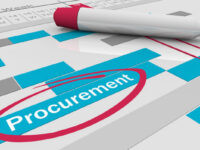SMEs could be losing thousands of dollars every month due to inefficient invoice processes, particularly with duplicate invoicing. A study Concur study determined that invoice duplication alone can cost a typical SME more than $12,000 every month. And when businesses accidentally pay the duplicate invoice, the costs mount up fast, not just in terms of overpayment but in the time it takes to rectify the error. SMEs need to focus on growth and profitability; paying duplicate invoices is a burden they need to avoid.
Automating invoice processing and disbursements with a single system for managing all business spending can help avoid these unnecessary costs, while saving SMEs time and money. Paper-based invoices create hidden costs around manual processes, errors, poor cashflow visibility, ineffective spend management, too many exceptions, increased risk of fraud, and fragmented systems.
Automation lets accounts payable departments extract data from invoices received in any format, from any location. It can match invoices with purchase orders or receipts, electronically route them based on pre-set workflow rules, initiate payments, and provide reporting. This process virtually eliminates the risk of paying duplicate invoices.
The Association for Image and Information Management (AIIM) found that there is little correlation between average invoice processing costs and the size of an organisation, and nearly 50 per cent of businesses surveyed by AIIM say reducing costs is their biggest automation driver.
Automating invoices instantly reduces the cost of processing them by between 30 to 50 per cent, according to the AIIM research. And when you add in the savings delivered through fewer overpayments, SMEs are starting to look at some very significant savings.
If automation reduces invoice processing costs by 30 per cent, then a business processing approximately 10,000 invoices a month at an average cost of $10 per invoice can save approximately $300,000 per year. According to Aberdeen Group, combining automation with best practice delivers even bigger savings. It costs best-in-class organisations an average of just $3.34 to process a single invoice from receipt to approval.
SMEs often operate close to the bone when it comes to cashflow. Reducing costs through automation and avoiding double-payments can make a big difference to cashflow. It can also free up valuable staff to focus on value adding activities that will drive business growth, rather than simply paying invoices. Understanding the true cost of these inefficient processes, then reducing those costs, puts SMEs in a better financial position and lets them reinvest the savings into growth-driving activities.
Matt Goss, ANZ Managing Director, Concur















